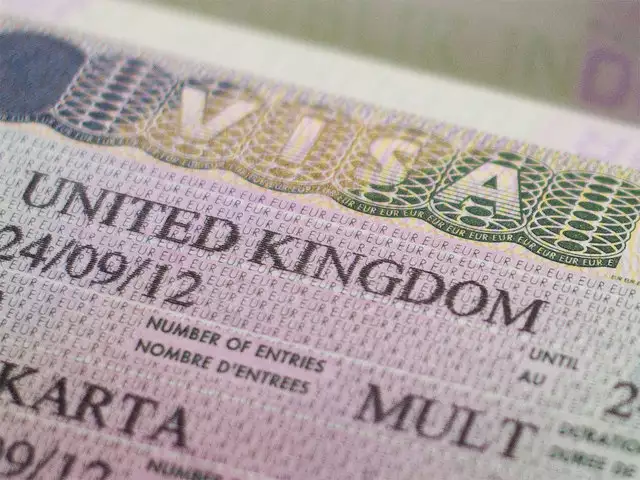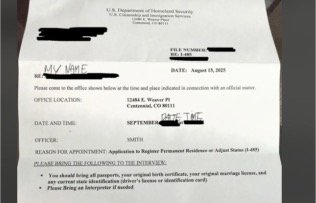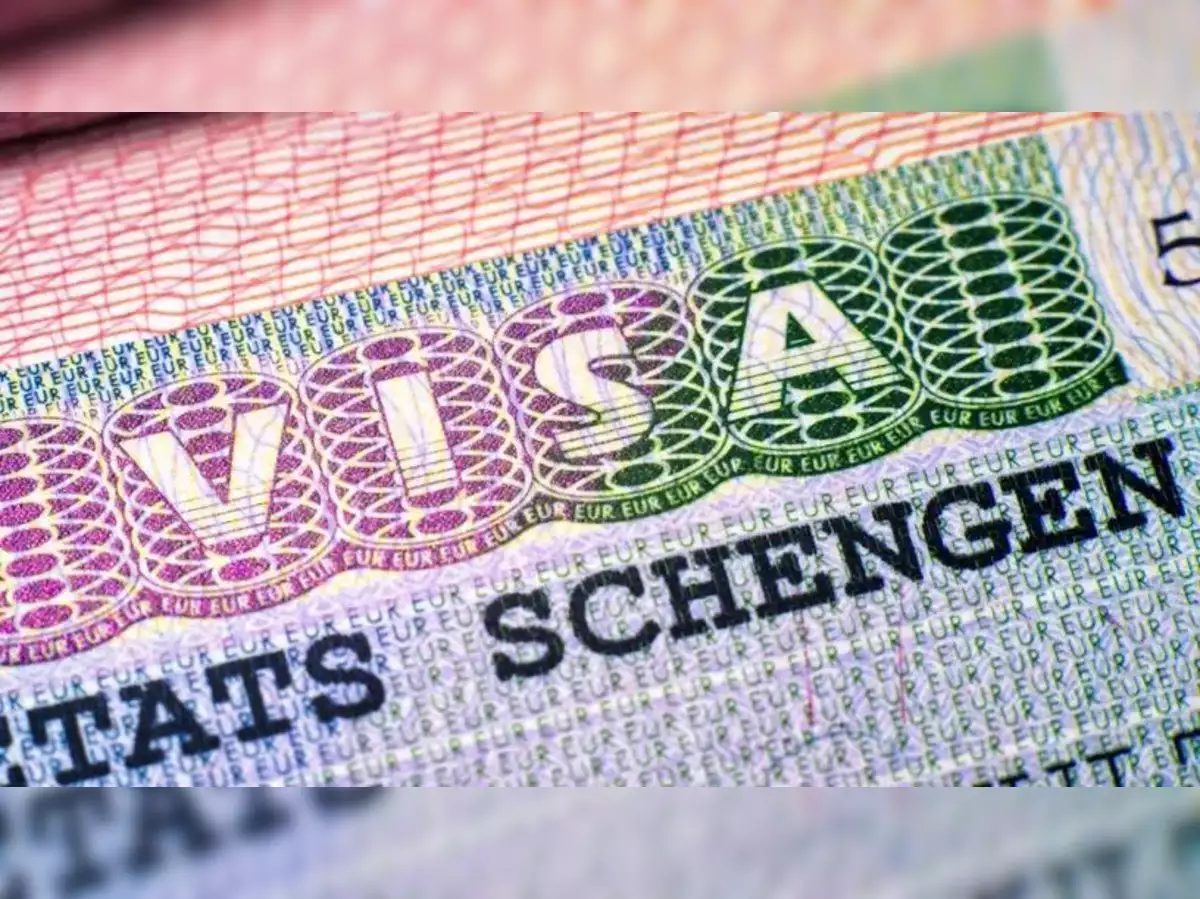Government heralds the most substantial migration cut in history
The United Kingdom is embarking on a transformative journey in its immigration landscape. The UK Home Office has announced pivotal measures, marking a significant shift towards realizing the largest-ever reduction in migration. Central to these reforms is the amplification of the skilled worker visa salary threshold by a staggering 48 percent, coupled with the abolition of the Shortage Occupation List and the discontinuation of the 20 percent salary discount.
In a comprehensive overhaul, the government has set forth directives in Parliament aimed at eliminating the 20 percent salary concession for shortage occupations and elevating the minimum salary threshold for skilled workers to ₤38,700.
“We have taken decisive action to safeguard British workers from unfair competition,” affirmed the UK Home Office.
In a recent move, Sunak’s administration rolled out stringent visa regulations targeting overseas care workers, including those from India, restricting their ability to bring dependent family members to the UK. This measure seeks to rectify what the Home Office has identified as a “disproportionate” scenario, where 120,000 dependents accompanied 100,000 workers on the care visa route last year
Key modifications to the Skilled Worker pathway encompass a substantial expansion of supplementary employment permissions, revisions to the general salary thresholds across various tradeable points options, and the inclusion of tradeable points options for individuals covered under transitional arrangements. The Shortage Occupation List (SOL) is slated for replacement by the Immigration Salary List (ISL), heralding the end of the 20 percent going rate discount for occupations listed therein, with effect from April 4 this year.
With net migration reaching record levels last year and an impending election later in the year, Prime Minister Rishi Sunak faces mounting pressure from the conservative wing of his party to stem the tide, as reported by Bloomberg. Projections indicate that immigration could contribute 6.1 million individuals to the UK population by mid-2036. The Office for National Statistics (ONS) anticipates a population surge from 67 million in mid-2021 to 73.7 million in mid-2036, primarily fueled by migration.
In a recent move, Sunak’s administration rolled out stringent visa regulations targeting overseas care workers, including those from India, restricting their ability to bring dependent family members to the UK. This measure seeks to rectify what the Home Office has identified as a “disproportionate” scenario, where 120,000 dependents accompanied 100,000 workers on the care visa route last year.
***********************************************************************
Readers










